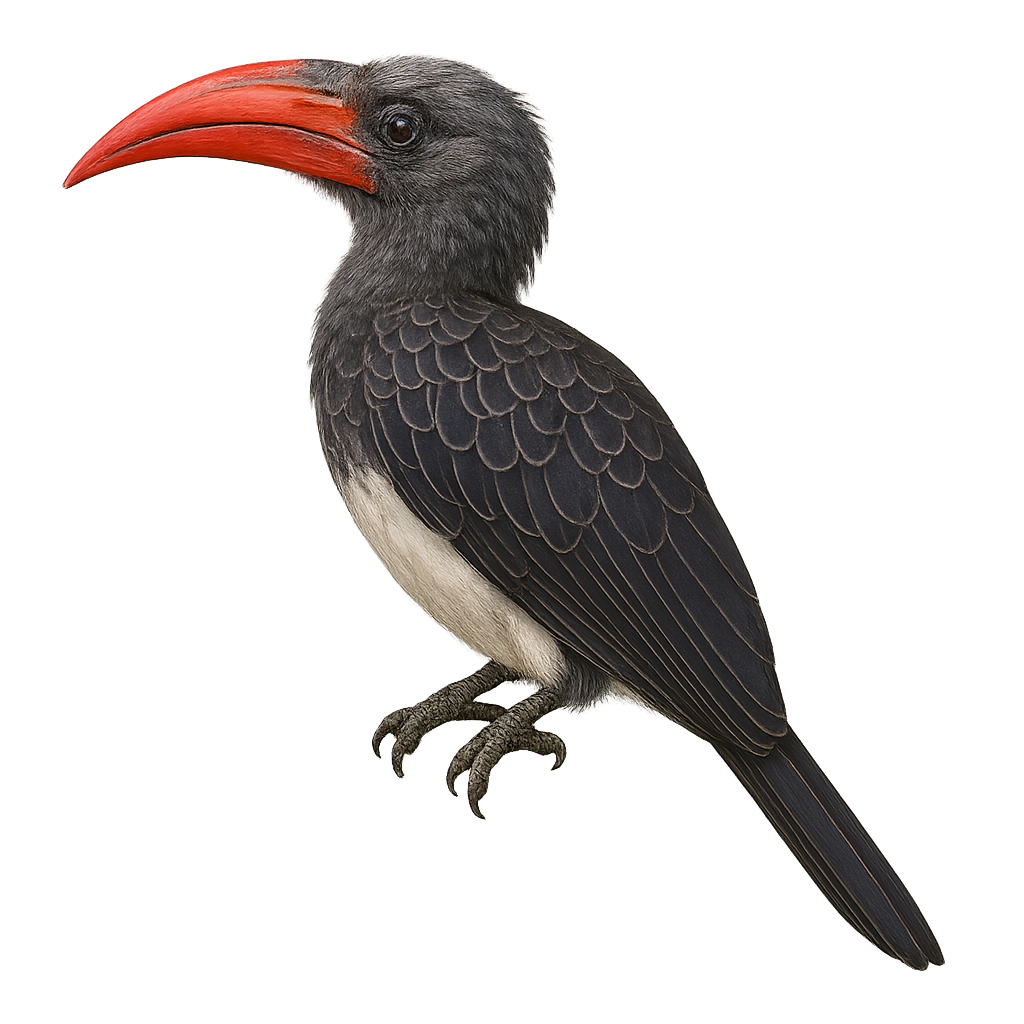Your wildlife photography guide.
Explore the hemprich's hornbill in detail, study its behavior, prepare your shots.
Where to observe and photograph the hemprich's hornbill in the wild
Learn where and when to spot the hemprich's hornbill in the wild, how to identify the species based on distinctive features, and what natural environments it inhabits. The WildlifePhotographer app offers tailored photography tips that reflect the hemprich's hornbill’s behavior, helping you capture better wildlife images. Explore the full species profile for key information including description, habitat, active periods, and approach techniques.
Hemprich's Hornbill
Scientific name: Lophoceros hemprichii

IUCN Status: Least Concern
Family: BUCEROTIDAE
Group: Birds
Sensitivity to human approach: Suspicious
Minimum approach distance: 10 m
Courtship display: February to April
Incubation: 23-26 jours
Hatchings: March to May
Habitat:
Dry forests, savannas, rocky areas
Activity period :
Primarily active during the day, with peak activity in the morning and late afternoon.
Identification and description:
The Hemprich's Hornbill is a fascinating bird, recognizable by its large bill and slender silhouette. It has predominantly black plumage with metallic sheen, contrasting with its white and red bill. This hornbill is often seen in pairs or small groups, moving nimbly through trees. It primarily inhabits the arid and semi-arid regions of East Africa, notably in Ethiopia, Somalia, and Kenya. Its diet is varied, consisting of fruits, insects, and small vertebrates. The Hemprich's Hornbill plays a crucial role in seed dispersal, thus contributing to forest regeneration.
Recommended lens:
400mm – adjust based on distance, desired framing (portrait or habitat), and approach conditions.
Photography tips:
To photograph the Hemprich's Hornbill, focus on early morning or late afternoon hours when the light is soft and highlights the details of its plumage. Use a telephoto lens of at least 400mm to capture sharp images from a distance. Be patient and discreet, as this bird can be suspicious. Observe its feeding habits to anticipate its movements and capture dynamic shots. Remember to check the exposure to avoid harsh shadows on its black plumage.
The WildlifePhotographer App is coming soon!
Be the first to explore the best nature spots, track rutting seasons, log your observations, and observe more wildlife.
Already 1 432 wildlife lovers subscribed worldwide

